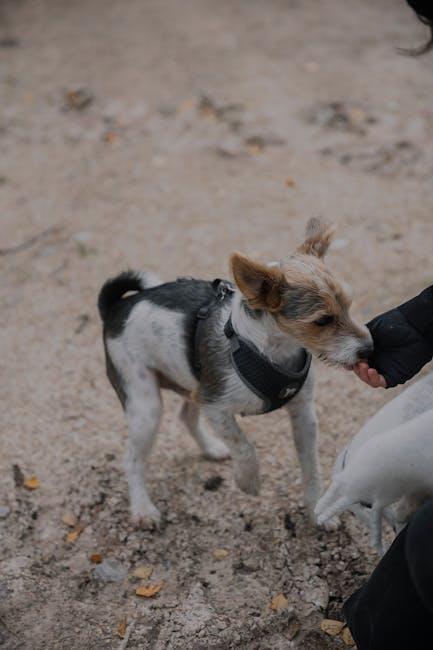Welcoming a new puppy into your home is an exciting journey filled with moments of joy, curiosity, and a fair share of challenges. As you embark on the rewarding path of puppy training, one of the most effective tools at your disposal is the humble treat. Used wisely, treats can be a powerful way to communicate with your furry friend, reinforcing positive behaviors and building a strong foundation for a lifelong bond. In this guide, we’ll explore the art of using treats effectively in puppy training, ensuring that each morsel not only delights your pup but also guides them toward becoming a well-mannered member of your family. Let’s dive into the dos and don’ts of treat-based training, helping you nurture a happy, healthy relationship with your new companion.
Choosing the Right Treats for Effective Training
When it comes to training your puppy, selecting the right treats is crucial for encouraging good behavior and reinforcing commands. Treats should be small, soft, and highly palatable, allowing your puppy to quickly chew and swallow them without interrupting the training flow. Opt for treats that are specially formulated for puppies, as these often have the right balance of nutrients and flavors to keep your furry friend interested.
- Size Matters: Choose treats that are bite-sized to prevent overfeeding and maintain your puppy’s focus on the training task.
- Texture and Flavor: Puppies can be picky, so experiment with different textures and flavors to find what excites your pup the most.
- Healthy Ingredients: Look for treats with natural ingredients and avoid those with artificial additives. This ensures your puppy stays healthy while learning.
Additionally, consider the context in which you are using treats. Higher-value treats can be reserved for more challenging commands or when training in distracting environments. By varying the treats based on the difficulty and setting of the training session, you can keep your puppy motivated and eager to learn.

Timing and Consistency in Rewarding Your Puppy
Mastering the art of timing is crucial when it comes to rewarding your puppy during training sessions. Immediate reinforcement is key; aim to give your puppy a treat within two seconds of the desired behavior. This swift response helps your puppy connect the dots between their action and the reward, making learning more effective. Consistency is equally important. Ensure that you reward the same behavior in the same way every time. This consistency will help your puppy understand what is expected and reinforce positive behaviors.
- Quick Rewarding: Keep treats handy during training sessions to ensure prompt delivery.
- Uniform Cues: Use the same command and gesture each time to avoid confusing your puppy.
- Positive Reinforcement: Combine treats with verbal praise to strengthen the association.
Remember, patience and persistence are your allies. Each puppy learns at their own pace, so maintain a warm, encouraging environment. As your puppy begins to grasp the commands, you can gradually reduce the frequency of treats, using them as an occasional surprise rather than a constant expectation. This strategy will help your puppy stay engaged and eager to learn.

Balancing Treats with Praise and Play
When training your puppy, it’s essential to create a harmonious blend of treats, praise, and play to reinforce good behavior. While treats can be a powerful motivator, relying solely on them can lead to a pup that’s more interested in the snack than the skill. Balance is key. Start by rewarding your puppy with treats for new behaviors, gradually replacing them with verbal praise and affection. Praise is a fantastic tool—it’s calorie-free and can be given at any time. A heartfelt “good job!” or a gentle pat can convey your approval just as effectively as a treat.
- Incorporate playtime as a reward. After a successful training session, engage in a short game of fetch or tug-of-war. This not only serves as a reward but also strengthens your bond.
- Mix it up by varying the type of reward. One day, use treats; the next, offer a favorite toy or a belly rub.
- Observe your puppy’s preferences to understand what motivates them best. Some may respond more to a squeaky toy than a treat, while others might thrive on verbal praise.
By diversifying the rewards and focusing on your puppy’s individual needs, you’ll cultivate a well-rounded training regimen that keeps your furry friend eager to learn and please.
















